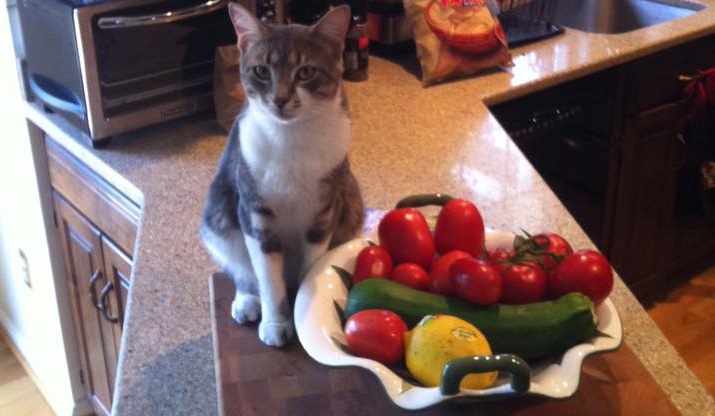How Do I Get My Picky Pet to Eat?
Dealing with picky pooches or finicky felines can make feeding your pets challenging. Check out our strategies for making meal time easier!
Tip 1: Check in With Your Vet
A change in appetite or a lack of appetite may be a signal that something is wrong in your pet, so always check in with your veterinarian if you notice anything different in your pet. Some medications (like pain or antibiotic medication) can change appetite, so keep a list of all medications, supplements, and preferences – this will help your veterinarian narrow down the potential cause of your pet’s change in appetite. They may want to do some tests to make sure there isn’t a medical reason behind your pet’s picky preferences.
Tip 2: Work With What Your Pet Likes
Some pets like food items that are familiar to them while others like variety and whatever is new. There are many foods available now in stew forms, pate, loaf, shredded, chunks, and in various shapes like doughnuts, stars, pyramids, etc. Try different types of foods based on flavors and textures and keep a diary to track what your pet’s preferences are.
Tip 3: Watch For Food Aversions
Almost everyone can remember a particular food that got them sick (think food poisoning!) and just a picture of it can make your stomach churn! Pets can get food aversions too where they may coincidentally associate a food with a time they weren’t feeling well and it may change their appetite. This can sometimes be tricky to find out so one test is to try a totally different food and use new dishes each time or disposable dishes to reduce the chance of them smelling traces of an old food to which they have an aversion.
Tip 4: Keeping it Calm
In some cases, owners can become very invested in their pet’s eating habits and become anxious over how much their pets are eating. This anxiety can spill over to your pet, who may not understand why you get very upset at mealtimes. Pets then sometimes associate eating or mealtime with something wrong or upsetting. One trick to knowing if this affects your pet is to check if your pet eats normally when pet sitters are involved or a different family member is in charge of meal time. Some tips to reduce stress with mealtime include leaving food in timed automatic feeders, or placing the food and your pet in a quiet, separate room in the house where your pet is left alone to eat.
Tip 5: Enhancing the Diet
The Pet Nutrition Golden Rule is to not give your pet any more than 10% of their totally daily calories from food items beyond their main diet. This will lower the risk of unbalancing their diet by not giving them all their essential nutrients in the right amounts and proportions. Some popular taste enhancers include chopped chicken breast (50 calories per quarter cup) for pets without protein restrictions, homemade chicken broth (store-bought is usually high in sodium and frequently contains onion or garlic), low fat and no salt added cottage cheese (50 calories per quarter cup), and honey or maple syrup (60 calories per tablespoon). On an interesting note, don’t try honey or maple syrup in cats – they don’t have taste receptors for ‘sweet’ foods! If you are going to try enhancers, it is best to add them BEFORE your pet has a chance to refuse the food, rather than as a “reward” for turning their nose up at the food the first time.

